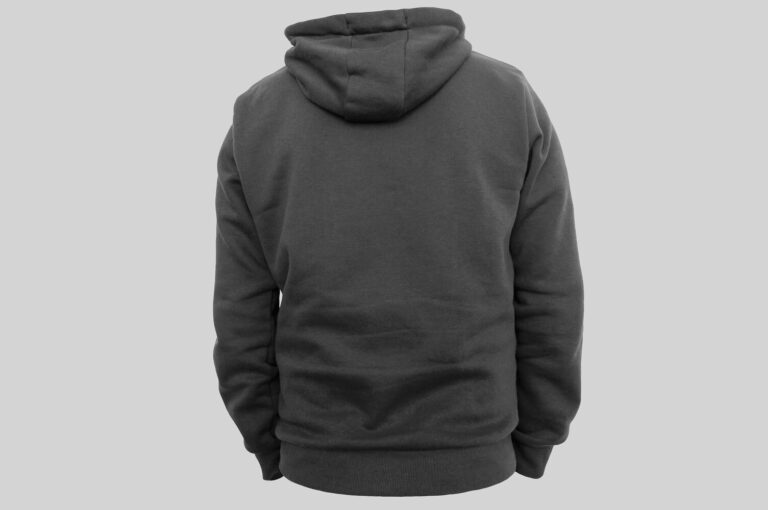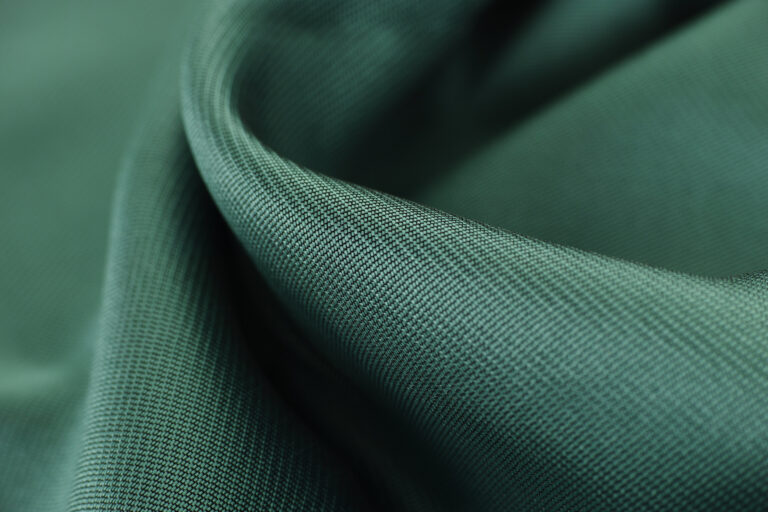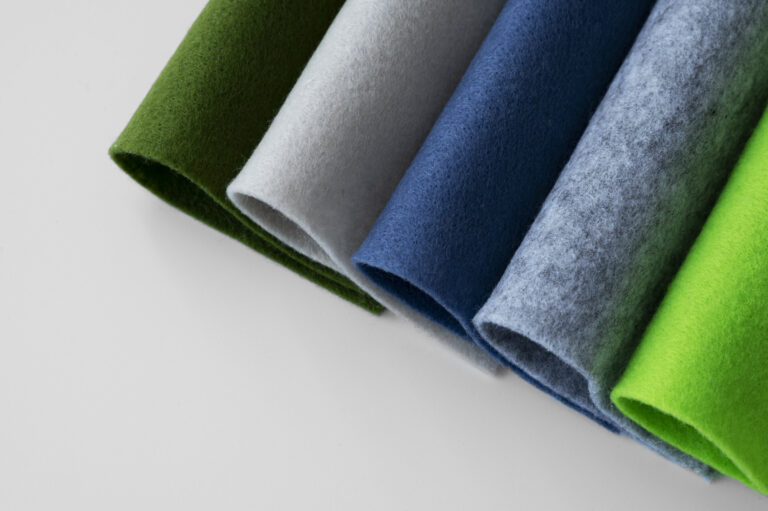Stay Dry and Stylish: Top 7 Waterproof Fabrics For Every Fashion Designer
Fashion designers need to be mindful of their fabrics and their properties when creating their designs. One important property to consider is water resistance. In this article, we will explore the top 7 waterproof fabrics for every fashion designer.
Whether designing for rainy weather or outdoor activities, incorporating waterproof fabrics can make a significant difference in the functionality and longevity of a piece.
Importance of waterproof fabrics
Here are some of the most importance of waterproof fabrics
1. Keeping us dry
The most obvious benefit of waterproof fabrics is that they keep us dry. Whether it’s raining outside or we’re hiking through wet terrain, waterproof fabrics prevent moisture from seeping through and soaking our clothing.
This not only keeps us comfortable but also helps prevent hypothermia, a dangerous condition that can occur when the body loses too much heat due to exposure to cold and wet conditions.
Related post: Top 7 Features of Woven Fabrics You Need To Improve Your Design
2. Protecting our gear
Waterproof fabrics are also important for protecting our gear. Whether it’s a camera, phone, or laptop, electronic devices are vulnerable to water damage.
By using waterproof fabrics to protect these items, we can ensure that they remain safe and functional even in wet conditions.
Additionally, waterproof fabrics are often used in the construction of outdoor gear such as tents and backpacks, which are essential for outdoor enthusiasts.
3. Preventing mold and mildew
Water and moisture can lead to the growth of mold and mildew, which can cause health problems and damage to our belongings.
By using waterproof fabrics, we can prevent moisture from seeping through and creating the ideal conditions for mold and mildew to thrive.
4. Increasing durability
Waterproof fabrics are often more durable than non-waterproof fabrics. This is because they are designed to withstand the elements, including rain, snow, and wind.
By using waterproof fabrics, we can ensure that our clothing and gear lasts longer and remains functional for years to come.
Related post: Top 7 Features of Woven Fabrics You Need To Improve Your Design
Top 7 Waterproof Fabrics For Every Fashion Designer
1.Gore-Tex
Gore-Tex is a breathable, waterproof fabric that is made of expanded polytetrafluoroethylene (ePTFE). The fabric is made up of a thin membrane that allows air and moisture to pass through, while preventing water from getting in.
Gore-Tex was invented by Wilbert L. Gore and Robert W. Gore in 1969 and has since become a popular choice for outdoor wear, such as jackets, pants, and shoes.
The benefits of Gore-Tex for fashion designers are numerous. Gore-Tex is known for its durability, as it can withstand harsh weather conditions and repeated wear without deteriorating.
Additionally, Gore-Tex is highly breathable, allowing for comfortable wear during physical activity. Gore-Tex has also been used in a variety of fashion designs, from sportswear to high fashion.
For example, designer Junya Watanabe incorporated Gore-Tex into a trench coat for his Fall/Winter 2014 collection.
2. TPU (Thermoplastic Polyurethane)
TPU is a flexible, waterproof fabric that is made from thermoplastic polyurethane. It is commonly used in outdoor gear and sportswear, as it is resistant to abrasions and punctures. TPU is also highly flexible, allowing for a wide range of motion.
For fashion designers, TPU can be a great choice for pieces that require flexibility, such as raincoats or active wear.
Additionally, TPU is often lightweight, making it a comfortable choice for all-day wear. Designer Alexander Wang used TPU in his Spring/Summer 2014 collection, creating a futuristic raincoat with a unique texture.
3. Nylon
Nylon can be made waterproof through a process called coating, which involves adding a layer of waterproof material to the fabric.
Nylon is a popular choice for waterproof fabrics due to its lightweight and durable nature. Additionally, nylon is often easy to clean and can withstand repeated washings without losing its waterproof properties.
For fashion designers, nylon can be a versatile choice for a variety of designs, from raincoats to tote bags. The fabric is also available in a range of colors, allowing for endless design possibilities.
Designer Rains uses waterproof nylon in many of their pieces, including their popular waterproof backpack.
4. Polyester
Polyester can also be made waterproof through a coating process. Polyester is known for its ability to hold color and resist wrinkling, making it a popular choice for fashion designers.
Additionally, polyester is often less expensive than other waterproof fabrics, making it an affordable choice for designers on a budget.
For fashion designers, polyester can be a great choice for pieces that require durability and ease of care.
Designer Rachel Comey used waterproof polyester in her Fall/Winter 2017 collection, creating a bold red raincoat with a high collar and belted waist.
5. PVC (Polyvinyl Chloride)
PVC is a waterproof fabric that is made from polyvinyl chloride. PVC is often used in rainwear, as it is highly resistant to water and can withstand heavy rain without leaking.
Additionally, PVC is known for its durability and affordability.
For fashion designers, PVC can be a great choice for creating statement pieces, such as raincoats or tote bags.
Designer Alexander McQueen used PVC in his Spring/Summer 2019 collection, creating a clear trench coat with a bold, red lining.
6. PU (Polyurethane)
PU is a synthetic material that is often used as a coating for waterproof fabrics. PU is highly flexible, making it a great choice for pieces that require mobility, such as rain jackets or boots.
It is known for its resistance to stains and spills, making it a popular choice for outdoor wear. For fashion designers, PU can be a versatile choice for a range of designs, from raincoats to hats.
Designer Stella McCartney used PU in her Fall/Winter 2018 collection, creating a statement-making raincoat with a unique, oversized shape.
7. Oilcloth
Oilcloth is a waterproof fabric that is made by coating cotton or linen with a mixture of linseed oil and wax. Oilcloth has a vintage look and feel, and is often used in retro-inspired designs. It is highly durable, making it a great choice for bags and accessories.
For fashion designers, oilcloth can be a unique choice for creating pieces that have a vintage or nostalgic feel. Designer Cath Kidston is known for using oilcloth in many of her designs, including her iconic floral print tote bags.
Conclusion
Waterproof fabrics are an important consideration for fashion designers when creating pieces that are functional, durable, and stylish.
In this post, we have explored the top 7 waterproof fabrics that designers should know about: Gore-Tex, TPU, nylon, polyester, PVC, PU, and oilcloth.
Each of these fabrics has its own unique properties and benefits, and can be used to create a wide range of designs, from raincoats to accessories.
We encourage readers to experiment with these fabrics in their own designs, and to share their favorite waterproof fabric designs on social media using the hashtag #waterprooffashion.
With these versatile fabrics, designers can create pieces that are both functional and fashionable, making them a must-have in any designer’s toolkit.


